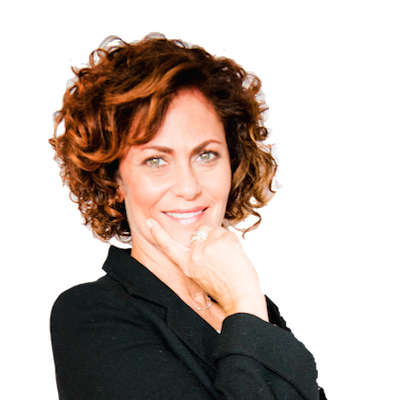The first rule of leadership is showing up during good times and bad. Leaders understand that showing up separates the good from the great, the ineffective from the impactful. Think of a surgeon scrubbing into a complex case, a teacher in front of his unruly virtual classroom, an HR leader instituting rules for her emerging hybrid workplace plan—their ability to lead depends on their sense of presence, equanimity, and clarity of purpose. How you show up as a leader is highly dependent on your relationship with the change around you or within you.
Ups and Downs and In-Betweens
The nature of change is that it feels chaotic and unpredictable, but ironically, there is a predictable pattern to the disruption we experience and to change itself. Change is almost always part of a continuum, or cycle, of more active uptimes (dreams, plans, accomplishments) and less active downtimes (low energy, existential thinking, being stuck). Another way to envision this cycle is to think of this as a two-part journey: an outer journey of external systems, doing/busy-ness, results and evaluation, and an inner journey of feeling, thinking, being.
We often strive to compartmentalize the two parts of our journey through change, considering the uptime as positive and joyful and in contrast, the downtime, the more challenging journey, as anxiety-inducing, nonproductive and to be avoided. Nothing could be further from the truth. Some of our greatest thinkers and artists describe their struggles as fuel for their creativity and growth.
How have your downtimes
worked to fuel you?
When the change called for presents a clear shift from a year or even a decades-long pattern, it is often called a crisis. The midlife crisis, for example, is frightening because so many of us feel like it’s too late to make the changes that will bring us closer to living our truth. It creates tremendous and understandable fear. But, if you know that significant change is what you need, know this: fear is not a strategy.
Change is a Predictable Cycle
Understanding how change works can help unlock the fear that gets you stuck and create a strategy that works. Suppose you could step back and look more holistically at change itself.
What if you could recognize that the gifts of downtime
fuel and energize and clarify plans to fuel the uptime?
Understanding the predictable components of the change cycle is the very basis of Frederic Hudson’s Cycle of Renewal. An unforgettable teacher, Frederic, taught that change itself is comprised of four predictable components. Understand the cycle, and you will better understand yourself and others. I have been using this tool for over 25 years, and I’ve found that it enables individuals and teams to identify where they are on this cycle and, therefore, determine their next best steps.
Phase 1, the ‘Go For It’ phase, is where we all want to live and play. It is an energetic and upbeat phase. People in this phase are often challenged to find the time to do everything they want to accomplish. They are clear about their purpose and typically have a plan.
Phase 2, ‘The Doldrums,’ is an inevitable downshift from the ‘Go For It’ phase, either as a course of completion or because there is an intended or unintended ending—a death, an illness, getting fired, ending a relationship, becoming an empty nester, the list goes on. ‘The Doldrums’ can be experienced as a dark time of low energy. It’s that necessary aspect of change we all want to avoid but it’s also where creative juice comes from.
Phase 3 or ‘Cocooning’ is like early spring—a season of nurturing new growth. ‘The Doldrums’ gives way to something else; like winter makes a journey through spring to summer. Cocooning is an excellent time to pursue things that promote growth and stability. It is still an inward time but begins to look outward, entertaining new possibilities and new directions.
Phase 4, the ‘Getting Ready’ phase, is just what it says: exploring, networking, interviewing—all the preparatory steps necessary to reconnect with the outside world in small and large ways that are purposeful, productive and positive. It is as natural as spring blossoming into summer for you to shift from that internal phase of ‘Cocooning’ to a new kind of re-entry into the world. And yes, because change is cyclical, this ‘Getting Ready’ phase will lead you back to the ‘Go For it’ phase. We are all experiencing unprecedented rates of change in not one, not two, but in almost every area of our lives. And let’s face it, fear abounds. However, when the ground beneath us seems to be dynamic and changing, it’s critical to understand that change itself is predictable and comprised of these four components. In doing so and by identifying where you are and what your needs are in that predictable cycle of change, you are better poised to show up and lead with resilience and empathy during periods of both tumult and opportunity.


